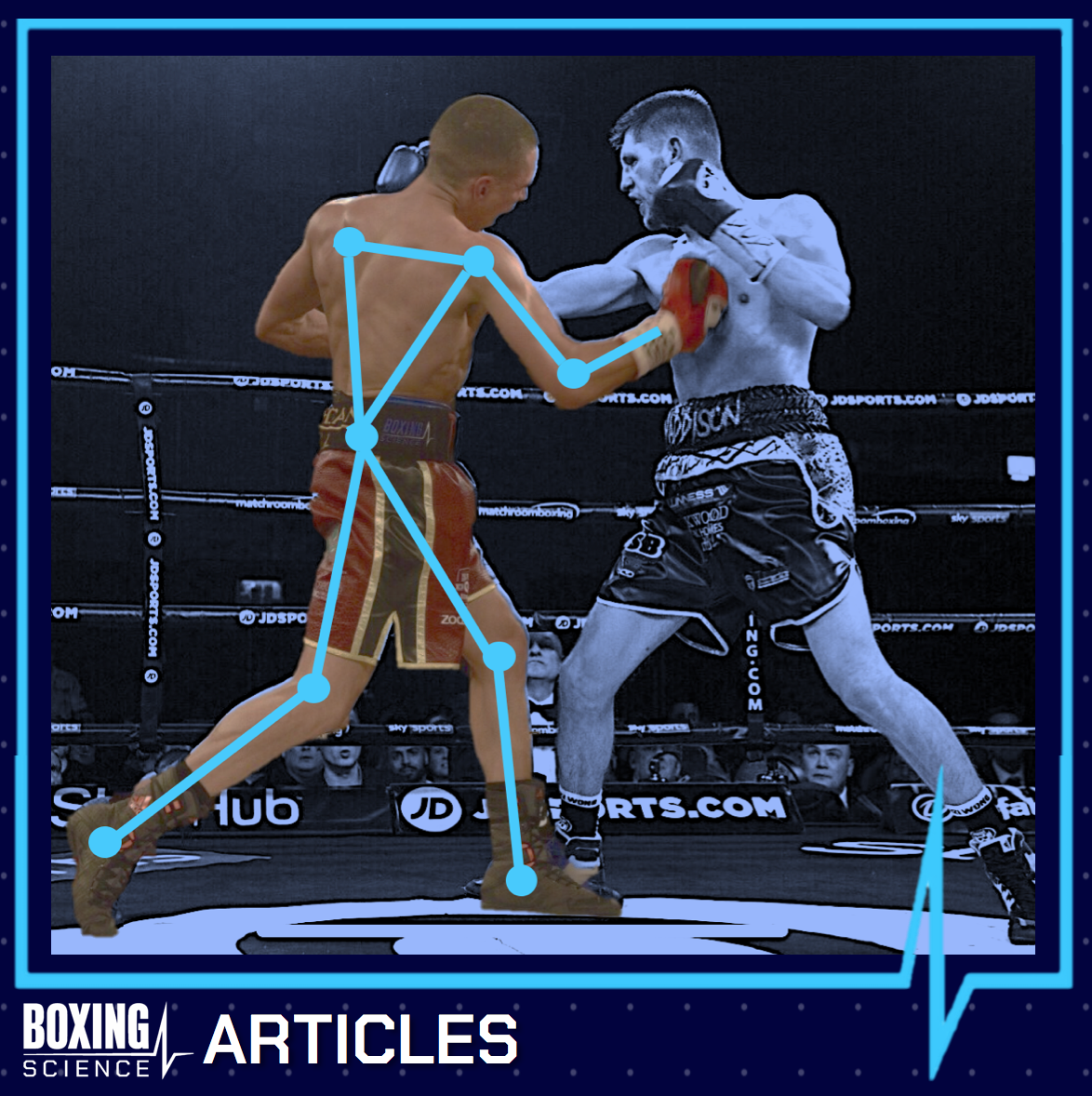Im talking about in reference to a stationary object, such as a deer that's standing still. Lets say you're shooting at the stationary deer from the bed of a pickup truck while the truck is moving towards it, I would not recommend really doing this as I believe in most cases its illegal to hunt from vehicles but for the sake of science we can discuss it. Also most deer are not going to just stand still while a truck is coming towards them, let alone while being shot at, but again for science's sake we can discuss it. From the deer's perspective the bullet will be moving at the speed of the bullet plus the speed of the truck.
Now, lets say you're shooting at the deer while you're standing on the ground still, the bullet from the deers perspective will only be going at its ordinary speed without the speed of the truck added in because in this case you're not shooting from a moving truck you're shooting from a stationary position. So from the deer's perspective the bullet will be going faster if you shoot from the truck than if you shoot from a stationary position.
By the same token, if you punch towards an opponent, your hand is going to be going faster when you put your hips and the rest of your body into it than if you just punch with your arm, without putting the rest of your body into it, from your opponent's perspective.


boxingscience.co.uk
